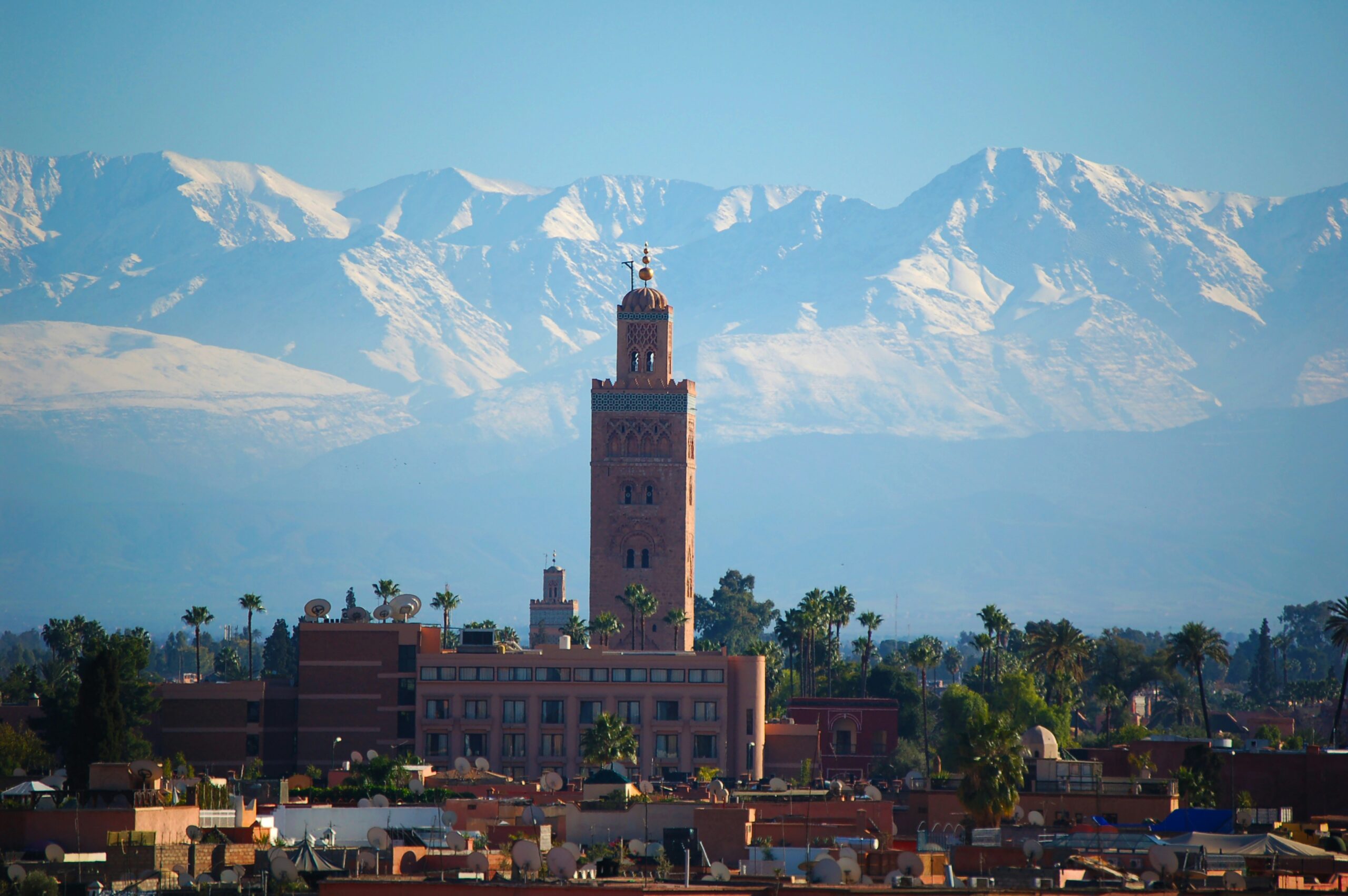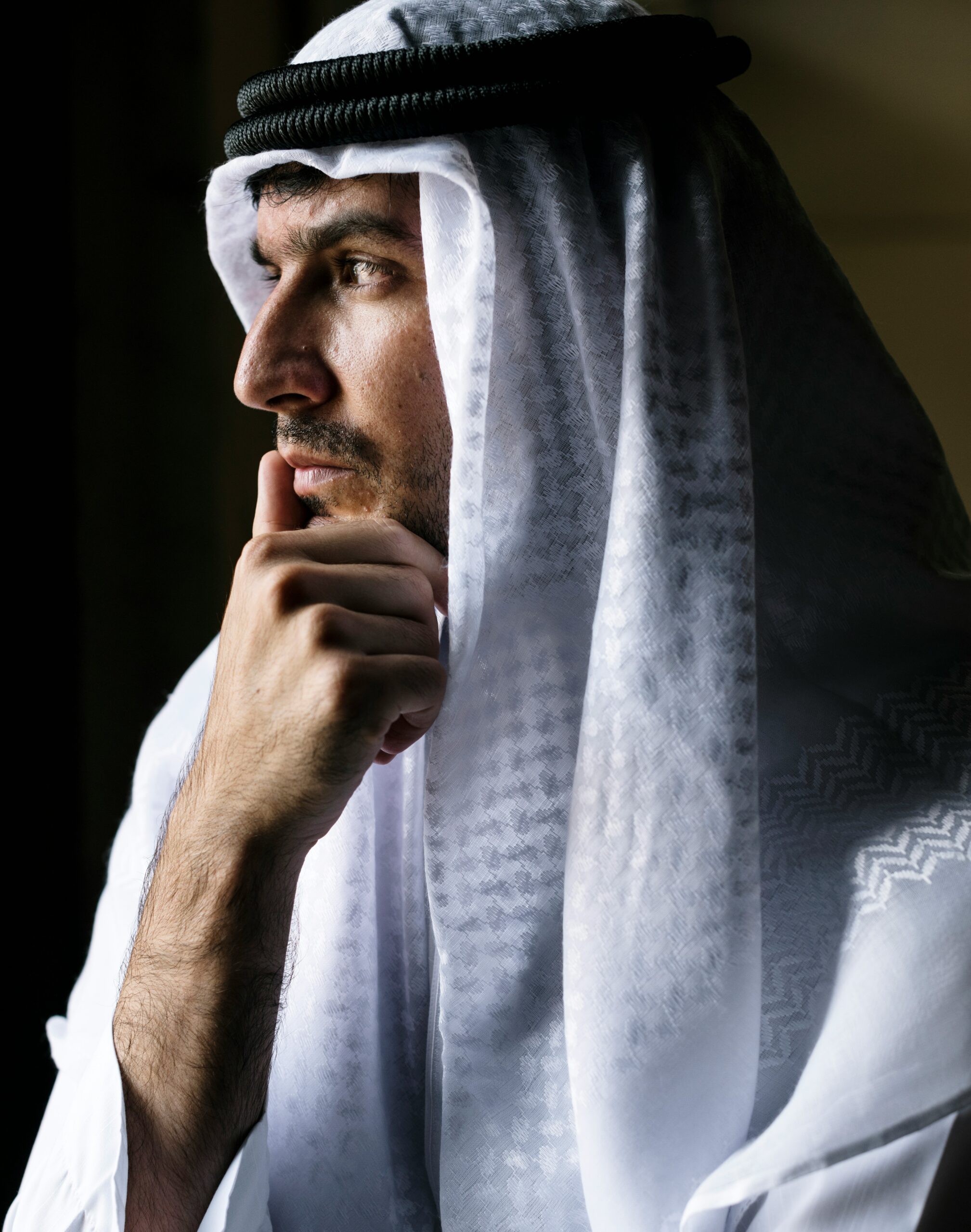Morocco is generally viewed as a safe country, largely spared of the terrorism-related turmoil in the wider region. How did the country achieve and maintain this flattering status?
Since the bomb attack in Marrakech in October 2011, known as the Argana attack, where 17 individuals lost their lives, Morocco has experienced only one terrorist incident with the targeted assassination of two Norwegian tourists in 2018 by a squad of Isis-affiliated perpetrators. Previously to the 2011 attack itself, Morocco had experienced one severe attack in 2003, which killed 45 people (including 11 attackers), and less than a handful of other limited operations, which did minor damage. In essence, Morocco has experienced very few consequences from about 25 years of international jihadism, with its two most consequential generations/waves: The post-2001 Al Qaeda wave and the post-2012-24 ISIS wave.
The country regularly thwarts attacks, mainly due to its robust security system. Morocco has effectively apprehended numerous individuals affiliated with terrorist groups who aim to carry out attacks within its borders. Dozens of terrorist cells have thus been dismantled in the past decade throughout the Kingdom – the last attack attempt having been foiled as close as on June 6th.
Morocco’s counterterrorism and counter-extremism system rests on several pillars that have been reconsolidated and perfected since the 2003 Casablanca attacks. The system also builds on two major features of the Moroccan political system.
The first one is the Commandry of the Faithful, a multi-secular institution that gives prominence to the King in religious affairs. The King thus holds a sacred role and acts as a de facto Caliph in Morocco and as a guide to the country’s religious law, practice, and policy. The Commandry of the Faithful has existed for centuries in Morocco, as the country constituted a form of alternate caliphate in the Western Islamic World, as opposed to the Caliphate, which had dominated the Arab East. It was maintained during the French Protectorate and reinforced during the Cold War with an array of religious institutions aiming to counterbalance the radical left’s activities and discourse. In these times, the left fed on the revolutionary atmosphere that was prevalent globally to mobilize in favor of a socialist-leaning political vision, which threatened the preeminence of the Palace in the Moroccan political system. Part of the Moroccan left notably had links with leftwing regimes in the Arab Middle East (e.g., Iraq and Syria). To counter the activities of the left, the Monarchy thus funded different religious initiatives to amplify its prestige as the true liberator of Muslim Morocco from foreign occupation and to affirm its role as the guarantor of continuity in the country’s history. Such religious initiatives launched by the Monarchy have included the building of mosques and the creation of the Dar al-Hadit al-Hasaniya, a higher school for Islamic studies created in 1964. Starting from the 1970s, as the Arab left’s aura began to wane because of defeats of leftwing regimes at the hand of Israel; the Monarchy mobilized religious institutions to affirm its religious legitimacy in the face of challenges coming from Islamist political groups. The Supreme Council of Ulamas (religious scholars) was thus created in 1981.
The second feature of the Moroccan system is more recent. It was consolidated during the Protectorate (1912-56) and strengthened following the country’s Independence, as the monarchy struggled with the National movement (the block of conservative and left-wing political parties that had agitated against the French Protectorate to reach independence). The key player here is the security apparatus. As we had mentioned in a previous article in these columns, the French Protectorate rested on a light French footprint and mostly built on existing authorities (sheikhdoms). This system, which had existed for centuries, was reinforced after the Independence. It consists of governors at the provincial level heading a network of agents who supervise security all the way down to neighborhoods, villages, and tribes. The system was consolidated starting from the 1980s with the creation of the function of wali, a “super-governor” at the regional level coordinating between the governors of the region. Furthermore, the intelligence services (the General Directorate of Studies and Documentation – DGED, for external affairs; the General Directorate for Territorial Surveillance – DGST, for domestic affairs) and the police (General Directorate of National Safety – DGSN, including the General Intelligence – RG) have the mission to monitor developments and protect the country’s institutions and stability against subversion coming from within or outside national borders. It should also be noted that Morocco enjoyed continuity at the head of the Ministry of Interior, which had the same minister from 1979 to 1999: Driss Basri, a figurehead of the Hassan II reign.
Following the 2003 attacks, this religious-security system appeared to have failed, and Moroccan authorities were in part caught off-guard. Let us note that it should come as no surprise that, in principle, Morocco is structurally not immune from upsurges in Jihadi activism. In 1994, the Kingdom was thus targeted by attacks in the city of Marrakech, which happened in a context marked by militant violence in Algeria (civil war) and Egypt (wave of attacks). From the 1980s onwards, the peace treaty between Egypt and Israel, the oil boom that enabled Saudi Arabia to export Wahhabi Islam, the Soviet invasion of Afghanistan, and the Islamic Revolution in Iran, among others, all contributed to considerably boosting Jihadism in the Islamic world. Furthermore, years of droughts swelled slums at the periphery of Moroccan cities and fueled discontent amongst the working class and marginalized Moroccans. Meanwhile, Morocco was fighting its hardest battles against separatists in Western Sahara, who enjoyed strong Algerian support, diverted away Moroccan resources to conduct the war and defend its position on the conflict, and exerted a toll on Moroccan troops. As a result, these years were marked by extra pressure exerted on the Moroccan security system.
In the months and years that followed the 2003 Casablanca attacks, Morocco gradually ramped up its counterterrorism and counter-extremism system. It should be noted that the attacks happened four years after King Mohammed VI ascended to the Throne, initiating an era of liberal reforms in favor of more political and societal freedom. Soon enough emerged a person who would become the cornerstone of the Moroccan security apparatus as we know it today: Abdellatif Hammouchi.
Hammouchi was named head of the Directorate in 2005 and would notably play a key role in improving the overall management of the Moroccan intelligence services, revamping it, and boosting its performance. That same year, 2005, a confidant of King Mohammed VI, Yassine Mansouri, was named head of the DGED. The tandem would gradually turbocharge the efficiency of the Moroccan intelligence. In 2015, Hammouchi was named director general of the DGSN, thus cumulating two key positions in the Moroccan security apparatus. The year 2015 also saw the creation of a new office dedicated to security, the Central Bureau of Judicial Investigation (BCIJ), which was established under the DGSN. The BCIJ, supervised by the Public Prosecutor, is tasked with handling serious crimes and offenses such as banditry, drug trafficking, arms and explosives trafficking, terrorism, threats to state security, currency counterfeiting, and kidnapping.
To enhance its effectiveness, Morocco has also revised its legal framework. Crimes are now classified as terrorist acts if they are deliberately linked to an individual or collective plan aimed at severely disrupting public order through intimidation or violence. The kingdom has introduced the electronic national identity card and the biometric passport to anticipate and prevent the dangers posed by the falsification of these documents by terrorist organizations. Additionally, the “Hadar” security system has been deployed at sensitive sites to further bolster security measures.
Morocco does not focus solely on national security; it also works in close cooperation with international powers such as the United States, NATO, France, and Spain, as well as with other European countries and the European Union as a regional institution. In 2022, Morocco hosted the International Conference against ISIS in Marrakech, where states from around the world gathered to strengthen their cooperation against this terrorist group. This collaboration underscores Morocco’s commitment to global security and its proactive role in international counter-terrorism efforts. Last year, Morocco launched the “Marrakech Platform for African Heads of Security and Counter-Terrorism Agencies.”
A few months after Hammouchi’s nomination, the Moroccan secret services would play a key role in helping their French counterparts arrest individuals associated with the November 2015 attacks in Paris, which killed 130 people. To this day, continuity at the top of Morocco’s intelligence agencies, with two competent managers at their head, have helped monitor potential serious threats to Morocco’s domestic security and reinforced Morocco’s hand as a mediator in regional conflicts (e.g., in Libya). The expertise of the Moroccan official security services has thus been sought to ensure safety during the Qatar 2022 World Cup and the Paris 2024 Olympics.
Besides management, as soon as 2004, the King announced a reform aiming at restructuring the governance of religious affairs in Morocco. He put forward “an integrated, global and multidimensional strategy” in a speech. First, the Supreme Council of Ulamas was enlarged to welcome new moderate figures and tasked with producing ad hoc fatwas (religious jurisprudence) to be published when circumstances call for it. Second, a Moroccan Council for Europe’s Ulamas was created. Third, the Mohammadia League of the Ulamas was announced to help strengthen prediction in favor of moderate Islam – the League was officially created in 2006. Fourth, the government was tasked with deploying a new offer in religious education, which would be channeled into educational programs through all schools in the country.
In the following years, new institutions were deployed to strengthen this system. In 2010, a Mohammed VI Foundation for the Publishing of the Holy Quran was thus created, together with a Mohammed VI Foundation for Religious Personnel. In 2013, they were followed by a Mohammed VI Institute for the Quranic Reading and Studies. In 2014, the Mohammed VI Institute for the Training of Mourchidine and Mourchidate (religious personnel) was further launched. In 2015, the Mohammed VI Foundation for African Ulamas was created under the authority of the Minister of Religious Affairs, Ahmed Toufiq. The latter has also ensured continuity at the head of the ministry, as he has held the position since 2002. In 2017, a program for former Jihadis, “Mousalaha,” was launched under the aegis of the Mohammadia League in Moroccan prisons.


